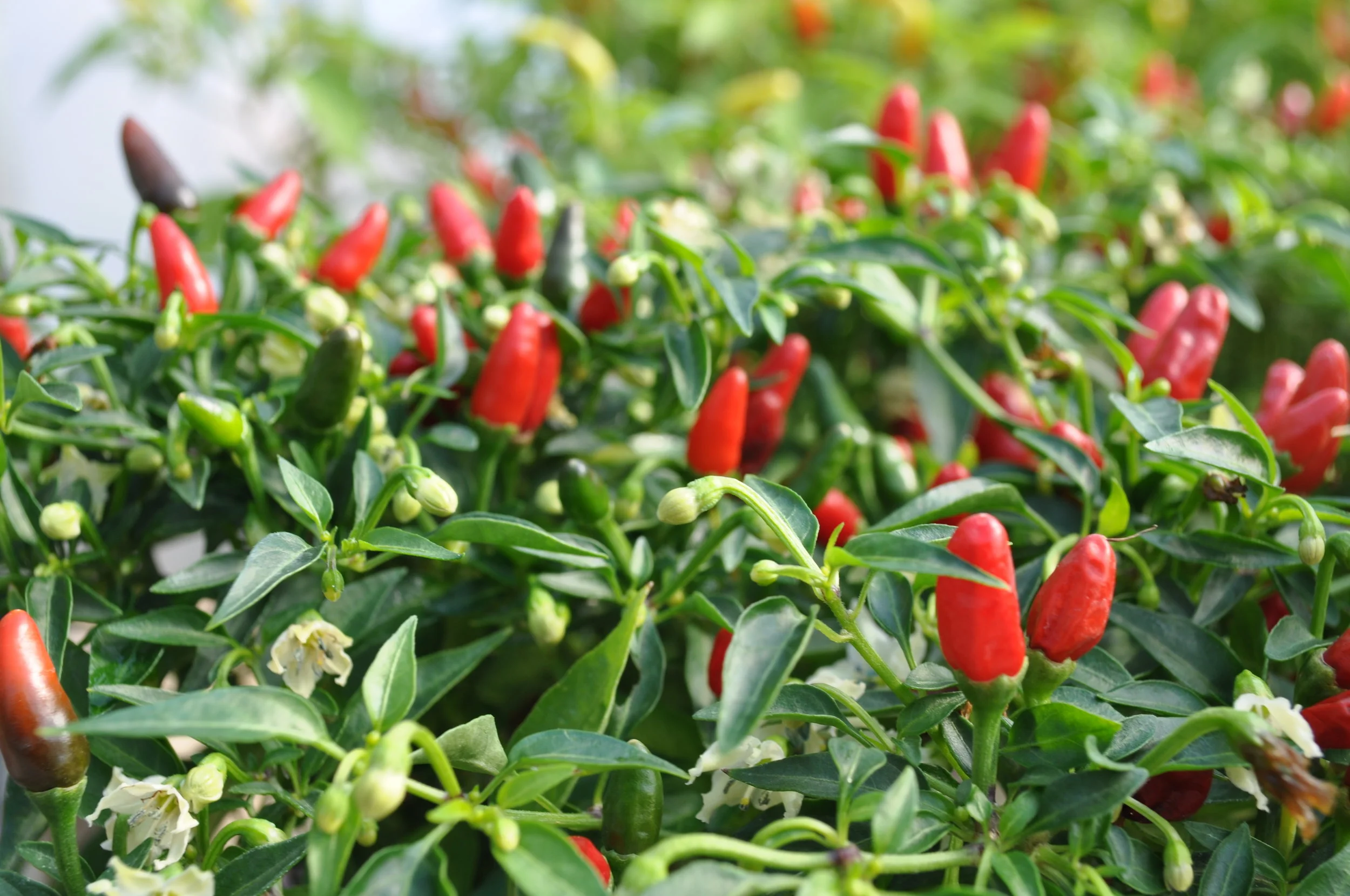Cauliflower - What, why, and how-to-grow
Cauliflower
The what, why, and how-to-grow...
Descended from the common cabbage, cauliflower isn’t the easiest crop to grow, but with a few tips and tricks, a little care and a lot of patience, you’ll be joining the ranks of successful cauli cultivators and be on-trend with a cauliflower couscous in no time.
Cauliflower is a member of the Brassica family which also includes kale, cabbage, kohlrabi, Brussels sprouts, and broccoli. It has a compact head composed of undeveloped flower buds called a curd. It generally measures in at about six inches and is high in vitamins and minerals, and packed full of fiber, antioxidants and phytochemicals.
The cauliflower likes a cooler climate without excessive heat or cold – in warm or hot weather the head won’t mature properly and if it’s too cold your cauliflower will bolt quickly. Try to keep the temperature consistent, they like a range of 55 to 70 degrees Fahrenheit for ultimate growth with about 6 hours of direct light and uninterrupted growth.
Outdoor Hydro
Cauliflowers are a brilliant outdoor crop for mild climates, keeping the above-mentioned temperature conditions in mind; you could easily grow cauliflower in a basic outdoor hydro setup if you’re short on indoor space.
They’re best grown as a fall crop, start your seeds indoors in early summer.
Growth
Cauliflower starts it’s life out as a loose head, tightening as it grows. Most varieties take 75 to 90 days from planting.
When the white head (the curd) is about 2 to 3 inches in diameter, tie the outer leaves together over the head, this procedure is known as blanching.
For ultimate nutrient uptake keep your pH around 5.5 to 6.5.
They have quite a large root system so make sure you have adequate space for root development and growth.
On the upside, they love moisture, so container growing suits them brilliantly, the root mass will be large so opt for a deep tub.
Watch the Water Levels
Keep in mind that as cauliflower is considered a long-term growth vegetable so you’ll need to keep an eye on your water levels if growing in a container – they will drink quite a bit and you’ll probably need a refill or two.
Seed Saving
Just a little note on saving seeds, many of the cauliflowers we buy in a store are hybrids and won’t grow properly. If you want to save seed ensure you have a cauliflower that isn’t a hybrid.
The seeds develop in a small-elongated pod, once the pod turns brown you can crack it open and save the seeds in a paper bag or envelope in a dry dark place.
Generally, the easiest way to start growing cauliflower is by seedling.
Harvesting
Cauliflowers are ready for harvest somewhere between 7 to 12 days after blanching.
Cut the cauliflower at the base, leaving a single outer layer of leaves behind, the remainder of the leaves should stay on the cauliflower to protect it.
If the heads are beginning to open up, go ahead and harvest them, they won’t tighten up again.
Types of Cauliflower
Snow Crown
Denali
Panther
Candid Charm
Skywalker
Orange Burst
Graffiti
Colorific - Purple and Orange Cauliflower
Colored cauliflower is a great way to add interest to your next meal.
Purple cauliflower gets it color from the presence of the antioxidant anthocyanin, which is also found in red wine, red onions, and red cabbage.
Orange cauliflower gets its glow from a genetic mutation that allows it to hold more beta-carotene. It was first discovered in the 70s in Canada, but it took years of crossbreeding before it was more widely available. It’s higher in vitamin A than its white cousin.
*First published in My Hydrolife Magaizne
Purple cauliflower gets it color from the presence of the antioxidant anthocyanin, which is also found in red wine, red onions, and red cabbage.








